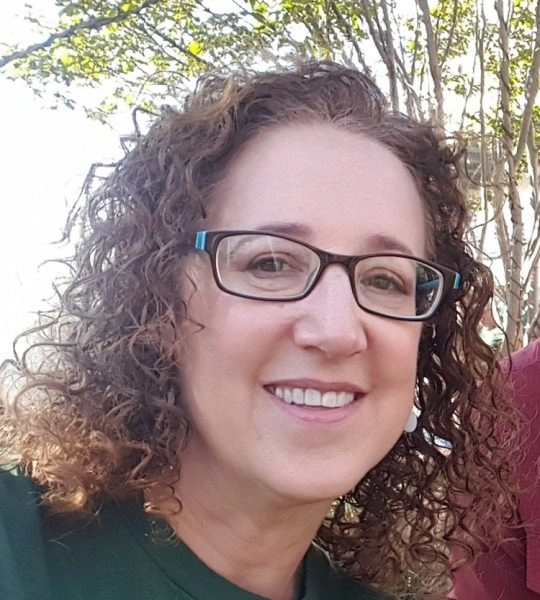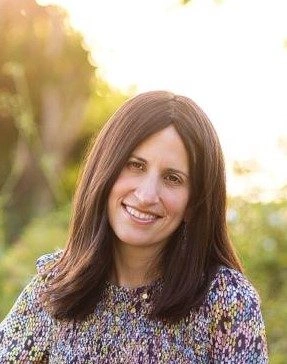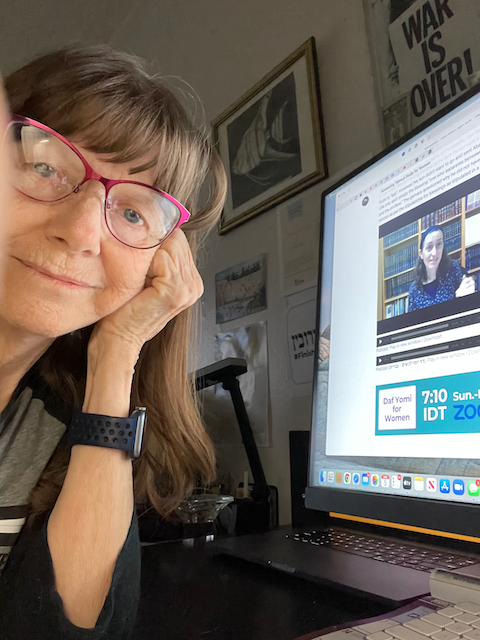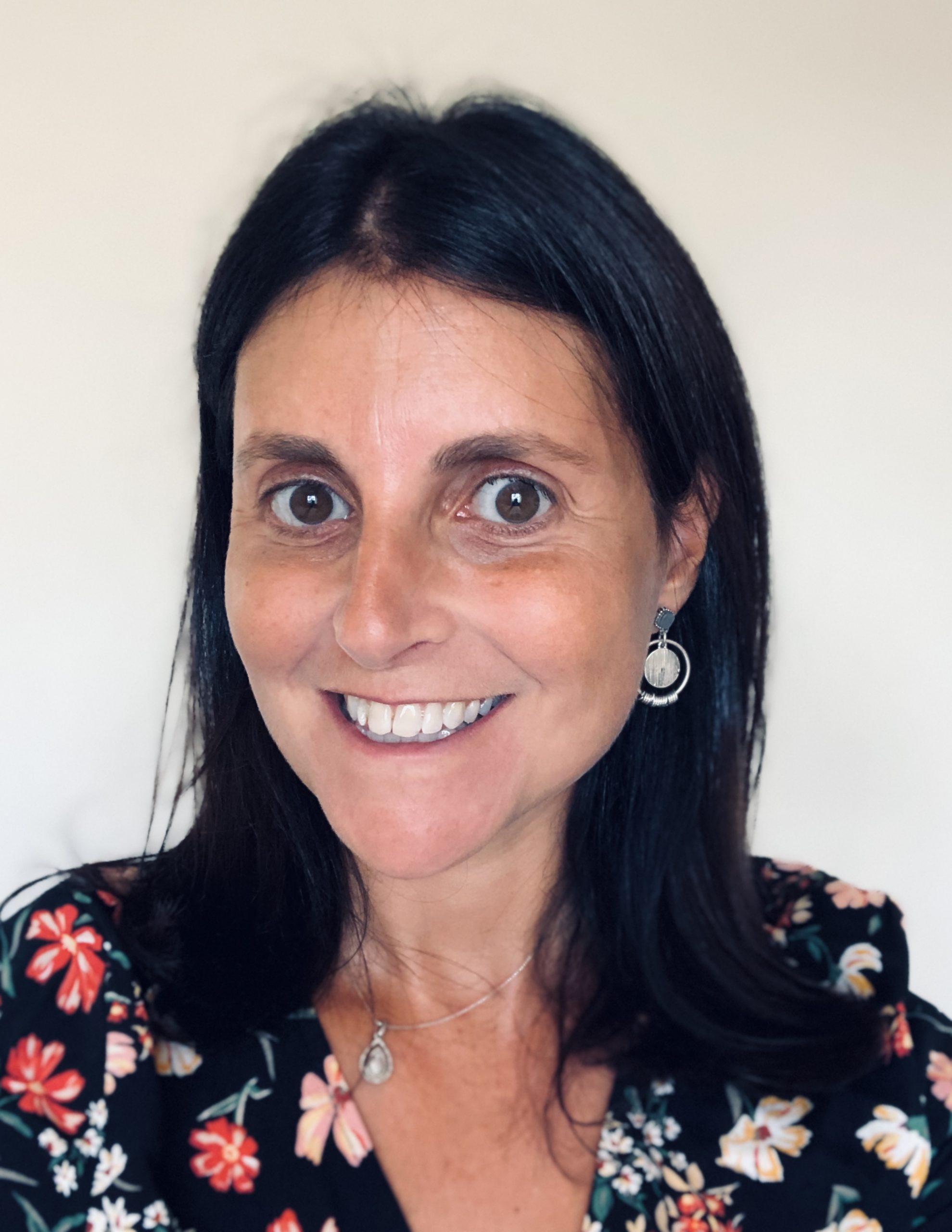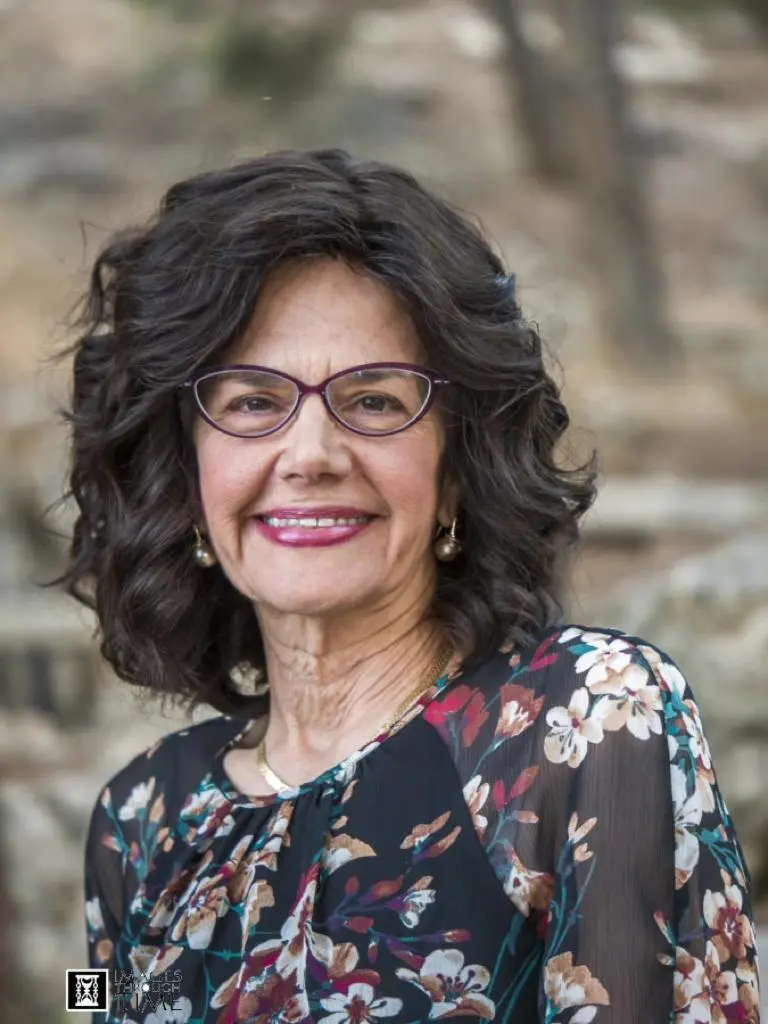If one finds that after the shechita the knife had nicks, was the shichta good – do we assume the nicks happened after the shechita or in the course of the shechita before the cutting of the simanim? Both options are discussed. One witness is sufficient for laws of forbidden items like shechita. What is the basis for this law and how is it relevant to shechita? From where do we derive that an item retains its forbidden status unless proven otherwise (chazaka)?
This week’s learning is sponsored by Robert and Paula Cohen in loving memory of Joseph Cohen, Yosef ben Moshe HaCohen, z”l. “He was hard working, loved to sing, esp. as a chazan, and was very dedicated to his family and community.”
Want to dedicate learning? Get started here:


Today’s daily daf tools:
This week’s learning is sponsored by Robert and Paula Cohen in loving memory of Joseph Cohen, Yosef ben Moshe HaCohen, z”l. “He was hard working, loved to sing, esp. as a chazan, and was very dedicated to his family and community.”
Today’s daily daf tools:
Delve Deeper
Broaden your understanding of the topics on this daf with classes and podcasts from top women Talmud scholars.
New to Talmud?
Check out our resources designed to help you navigate a page of Talmud – and study at the pace, level and style that fits you.
The Hadran Women’s Tapestry
Meet the diverse women learning Gemara at Hadran and hear their stories.
Chullin 10
מפני שדרכן של שרצים לגלות ואין דרכן לכסות
It is due to the fact that it is the typical manner of creeping animals to expose the contents of a vessel so that they may drink. Therefore, the exposure of the water is attributed to a creeping animal or to a ritually pure person. By contrast, in a case where he left the vessel exposed and found it covered, the concern is that it was an impure man who covered it, since it is not the typical manner of creeping animals to cover exposed vessels. Evidently, with regard to prohibition or ritual impurity, there are circumstances of uncertainty when the ruling is lenient.
(אי נמי טעמא דהניחה מגולה ובא ומצאה מכוסה מכוסה ובא ומצאה מגולה הא מצאה כמה שהניחה לא טומאה איכא ולא פסולה איכא)
Alternatively, it can be inferred from the baraita that the reason the contents of the vessel are impure or disqualified, respectively, is that he left it exposed and came back and found it covered or that he left it covered and came back and found it exposed. But if he found the vessel just as he left it, there is neither impurity nor disqualification.
ואילו ספק מים מגולים אסורין ש”מ חמירא סכנתא מאיסורא ש”מ
But in a situation of uncertainty where he left exposed water and then came and found the vessel exposed, the water is forbidden under all circumstances. Learn from it that danger is more severe than prohibition. The Gemara affirms: Indeed, learn from it.
תנן התם ג’ משקין אסורין משום גלוי מים ויין וחלב כמה ישהו ויהיו אסורין כדי שיצא הרחש ממקום קרוב וישתה וכמה מקום קרוב א”ר יצחק בריה דרב יהודה כדי שיצא מתחת אוזן כלי וישתה
We learned in a mishna there (Terumot 8:4): Three liquids are forbidden due to exposure: Water, wine, and milk. How long shall they remain exposed and their contents will be forbidden? It is a period equivalent to the time necessary so that a snake could emerge from a proximate place and drink. And how far away is considered a proximate place? Rav Yitzḥak, son of Rav Yehuda, said: Even a period equivalent to the time necessary so that a snake could emerge from beneath the handle of the vessel and drink.
ישתה הא קא חזי ליה אלא ישתה ויחזור לחורו:
The Gemara asks: If it is only the time necessary for the snake to emerge and drink, doesn’t one see the snake drink, in which case there is no uncertainty? Rather, it is a period equivalent to the time necessary for a snake to emerge from a proximate place, drink, and return to its hole. If one left exposed liquid unattended for that interval, it is possible that the snake drank the liquid unseen by the owner of the liquid.
איתמר השוחט בסכין ונמצאת פגומה אמר רב הונא אפילו שיבר בה עצמות כל היום פסולה חיישינן שמא בעור נפגמה ורב חסדא אמר כשרה שמא בעצם נפגמה
§ It was stated: With regard to one who slaughters an animal with a knife that was afterward found to be notched, Rav Huna says: Even if, after the slaughter and before the knife was examined, he broke bones with the knife all day, the slaughter is not valid, as we are concerned that perhaps the knife became notched on the hide of the neck. And Rav Ḥisda says: The slaughter is valid, as perhaps it was on the bone that he broke with the knife after the slaughter that it became notched.
בשלמא רב הונא כשמעתיה אלא רב חסדא מאי טעמא אמר לך עצם ודאי פוגם עור ספק פוגם ספק לא פוגם הוי ספק וודאי ואין ספק מוציא מידי ודאי
The Gemara asks: Granted, Rav Huna stated his opinion in accordance with his halakha cited earlier (9a): An animal during its lifetime exists with the presumptive status of prohibition until it becomes known in what manner it was slaughtered. But as for Rav Ḥisda, what is the reason for his ruling that the slaughter is valid? The Gemara answers that Rav Ḥisda could have said to you: A bone certainly notches the knife, but with regard to hide, it is uncertain whether it notches the knife and uncertain whether it does not notch it. This is a case of certainty and uncertainty, and the principle is that an uncertainty does not override a certainty.
מתיב רבא לסיועיה לרב הונא טבל ועלה ונמצא עליו דבר חוצץ אע”פ שנתעסק באותו המין כל היום כולו לא עלתה לו טבילה עד שיאמר ברי לי שלא היה עלי קודם לכן והא הכא דודאי טבל ספק הוה עליה ספק לא הוה עליה וקאתי ספק ומוציא מידי ודאי
Rava raises an objection to the opinion of Rav Ḥisda to support the opinion of Rav Huna, from a baraita: If one immersed and emerged from the ritual bath and an interposing item was later found on him, then even if he had been engaged in handling that same type of item for the entire day after his immersion, the immersion does not fulfill his obligation. This is so until he will say: It is clear to me that this interposition was not on me beforehand. And here it is a case where he certainly immersed, and it is uncertain whether the interposition was on him at that time and uncertain whether it was not on him, and nevertheless, contrary to the opinion of Rav Ḥisda, the uncertainty overrides the certainty.
שאני התם דאיכא למימר העמד טמא על חזקתו ואימא לא טבל
The Gemara rejects that proof: It is different there, as it can be said: Establish the status of the impure person on the basis of his presumptive status of impurity, and say that he did not immerse properly.
ה”נ העמד בהמה על חזקתה ואימר לא נשחטה הרי שחוטה לפניך
The Gemara challenges: Here too, establish the status of the animal on the basis of its presumptive status of prohibition and say that it was not slaughtered properly. Why does Rav Ḥisda rule that it is permitted? The Gemara explains: That status has been undermined, as the slaughtered animal is before you. There is no indication that the slaughter was not valid, and most slaughtered animals are slaughtered properly.
ה”נ הרי טבל לפניך הא איתילידא ביה ריעותא
The Gemara challenges: Here too, in the case of immersion, the status of impurity is undermined, as the person who has immersed is before you. The Gemara explains: The case of immersion is different, as a flaw developed in the presumptive validity of the immersion, since there is an interposition.
ה”נ איתילידא בה ריעותא סכין איתרעאי בהמה לא איתרעאי
The Gemara challenges: Here too, a flaw developed in the presumptive validity of slaughter, as the knife is notched. The Gemara explains: In the case of slaughter, the knife became flawed, but the animal did not become flawed. Therefore, the animal assumes the presumptive status of permissibility. By contrast, in the case of immersion, the interposition was found on the person, thereby nullifying his presumptive status of purity.
מיתיבי שחט את הושט ואח”כ נשמטה הגרגרת כשרה נשמטה הגרגרת ואח”כ שחט את הושט פסולה
The Gemara raises an objection to the opinion of Rav Ḥisda from a baraita: The slaughter of a bird is valid with the cutting of one siman, the windpipe or the gullet. Therefore, if one cut the gullet, and the windpipe was displaced thereafter, the slaughter is valid. If the windpipe was displaced and one cut the gullet thereafter, the slaughter is not valid.
שחט את הושט ונמצא הגרגרת שמוטה ואינו יודע אם קודם שחיטה נשמטה אם לאחר שחיטה נשמטה זה היה מעשה ואמרו כל ספק בשחיטה פסול
If one cut the gullet, and the windpipe was found displaced, and he does not know whether the windpipe was displaced before the slaughter or whether it was displaced after the slaughter; that was the incident that came before the Sages, and they said: In any case of uncertainty with regard to slaughter, the slaughter is not valid.
כל ספק בשחיטה לאתויי מאי לאו לאתויי כה”ג לא לאתויי ספק שהה ספק דרס
The Gemara asks: With regard to the expansive formulation: With regard to any case of uncertainty with regard to slaughter, what does it serve to add? Does it not serve to add a case like this one where there is uncertainty whether the knife was notched before or after the slaughter? The Gemara answers: No, it serves to add a case of uncertainty whether he interrupted the slaughter in the middle, or uncertainty whether he pressed the knife on the simanim. If he did either, it invalidates the slaughter.
ומאי שנא התם איתילידא בה ריעותא בבהמה הכא סכין איתרעאי בהמה לא איתרעאי
The Gemara asks: And in what way is uncertainty whether he interrupted the slaughter or pressed the knife different from uncertainty whether the knife became notched before or after the slaughter? The Gemara answers: There, in the case of uncertainty with regard to interruption or pressing, the flaw developed in the animal, and the slaughter is not valid. Here, in the case of uncertainty whether the knife became notched before or after the slaughter, a flaw developed in the knife but a flaw did not develop in the animal, and the slaughter is valid.
והילכתא כוותיה דרב הונא כשלא שיבר בה עצם והילכתא כוותיה דרב חסדא כששיבר בה עצם מכלל דרב חסדא אע”ג דלא שיבר בה עצם אלא במאי איפגים אימא בעצם דמפרקת איפגים
And the halakha is in accordance with the opinion of Rav Huna that the slaughter is not valid in a case where he did not break a bone with the knife. And the halakha is in accordance with the opinion of Rav Ḥisda that the slaughter is valid in a case where he broke a bone with the knife. Learn by inference that Rav Ḥisda rules that the slaughter is valid even if he did not break a bone with the knife. The Gemara asks: But if he did not break bones, on what was the knife notched? It must have been on the hide. Why, then, is the slaughter valid? The Gemara answers: Say that it was notched on the neck bone after he competed slaughtering the animal.
הוה עובדא וטרף רב יוסף עד תליסר חיותא כמאן כרב הונא ואפילו בקמייתא לא כרב חסדא ולבר מקמייתא
The Gemara relates: There was an incident, and Rav Yosef deemed as many as thirteen animals tereifot when he discovered the knife was notched after slaughtering the final animal. The Gemara asks: In accordance with whose opinion did Rav Yosef issue his ruling? Is it in accordance with the opinion of Rav Huna, who holds that the concern is that the knife was notched by the animal’s hide, and he ruled that even the first animal is forbidden? The Gemara answers: No, perhaps it is in accordance with the opinion of Rav Ḥisda, who holds that the notch is attributed to the neck bone, and they are all forbidden except for the first animal.
ואיבעית אימא לעולם כרב הונא דאי כרב חסדא מכדי מתלא תלינן ממאי דבעצם דמפרקת דקמייתא איפגים דלמא בעצם דמפרקת דבתרייתא איפגים
And if you wish, say instead: Actually, it is in accordance with the opinion of Rav Huna, as, if it were in accordance with the opinion of Rav Ḥisda, since we attribute the notch to the neck bone as a leniency, from where is it ascertained that it is on the neck bone of the first animal that it was notched? Perhaps it is on the neck bone of the last animal that it was notched, and all of the animals are permitted.
אמר ליה רב אחא בריה דרבא לרב אשי רב כהנא מצריך בדיקותא בין כל חדא וחדא כמאן כרב הונא ולמיפסל קמייתא לא כרב חסדא ולאכשורי בתרייתא
Rav Aḥa, son of Rava, said to Rav Ashi: Rav Kahana requires an examination of the knife between each and every act of slaughter. The Gemara asks: In accordance with whose opinion did Rav Kahana issue his ruling? Is it in accordance with the opinion of Rav Huna, and he stated the halakha to invalidate the slaughter of the first animal that he slaughtered if he discovers a notch in the knife? The Gemara answers: No, perhaps it is in accordance with the opinion of Rav Ḥisda, according to the first of the two explanations of the ruling of Rav Yosef, who holds that if a notch is found it is attributed to the neck bone, and examination of the knife is required to validate the slaughter of the next animal.
אי הכי תיבעי נמי בדיקת חכם עד אחד נאמן באיסורין אי הכי מעיקרא נמי לא האמר רבי יוחנן לא אמרו להראות סכין לחכם אלא מפני כבודו של חכם
The Gemara raises an objection: If so, and the reference is to the examination before slaughter, the knife should require the examination of a Torah scholar that was required by the Sages. The Gemara explains: There is no need for a Sage to examine the knife, based on the principle: The testimony of one witness, in this case the slaughterer, is deemed credible with regard to ritual matters. The Gemara challenges: If so, even from the outset, examination of the knife by a Torah scholar should also not be required. The Gemara explains: Didn’t Rabbi Yoḥanan say that the Sages said to show the knife to a Torah scholar only due to the requirement to show deference to the Sage? Once deference was shown before the initial slaughter, it is no longer necessary to do so.
מנא הא מלתא דאמור רבנן אוקי מילתא אחזקיה
§ Apropos the statement of Rav Huna that an animal during its lifetime exists with the presumptive status of prohibition, and therefore in cases of uncertainty whether the animal was properly slaughtered, one rules stringently and it is prohibited to eat its flesh, the Gemara asks: From where is this matter that the Sages said: Establish the status of the matter on the basis of its presumptive status, derived?
אמר רבי שמואל בר נחמני אמר ר’ יונתן אמר קרא (ויקרא יד, לח) ויצא הכהן מן הבית אל פתח הבית והסגיר את הבית שבעת ימים דלמא אדנפיק ואתא בצר ליה שיעורא אלא לאו משום דאמרינן אוקי אחזקיה
Rabbi Shmuel bar Naḥmani said that Rabbi Yonatan said that the verse states with regard to leprosy of houses that after a priest views a leprous mark: “And the priest shall emerge from the house to the entrance of the house, and quarantine the house seven days” (Leviticus 14:38). The Gemara asks: How can the priest quarantine the house based on his viewing the leprous mark? Perhaps as he was emerging and coming out of the house, the size of the leprous mark diminished and it lacks the requisite measure for leprosy. Rather, is it not due to the fact that we say: Establish the status of the matter on the basis of its presumptive status?
מתקיף לה רב אחא בר יעקב ודילמא כגון שיצא דרך אחוריו דקא חזי ליה כי נפק
Rav Aḥa bar Ya’akov objects to that proof: And perhaps the verse is referring to a case where the priest emerged backward, as in that case, the priest sees the leprous mark as he emerges.
אמר ליה אביי שתי תשובות בדבר חדא דיציאה דרך אחוריו לא שמה יציאה ועוד אחורי הדלת מאי איכא למימר וכי תימא דפתח ביה כוותא והתנן בית אפל אין פותחין בו חלונות לראות את נגעו
Abaye said to him that there are two refutations of that statement. One is that emerging backward is not called emerging, and the priest would not fulfill the verse “And the priest shall emerge from the house” by doing so. And furthermore, in a case where the leprous mark is behind the door, what is there to say? Even walking backward would not enable the priest to see it. And if you would say that the priest can open a window in the wall to enable him to see the leprous mark, but didn’t we learn in a mishna (Nega’im 2:3): In a dark house one may not open windows to enable him to see his leprous mark?
א”ל רבא דקאמרת יציאה דרך אחוריו לא שמה יציאה כהן גדול ביום הכפורים יוכיח דכתיב ביה יציאה ותנן יצא ובא לו דרך כניסתו ודקאמרת בית אפל אין פותחין בו חלונות לראות את נגעו הני מילי היכא דלא איתחזק אבל היכא דאיתחזק איתחזק
Rava said to Abaye: With regard to that which you say: Emerging backward is not called emerging, the case of the High Priest on Yom Kippur will prove that this is not so, as emerging is written in his regard (see Leviticus 16:18), and we learned in a mishna (Yoma 52b): The High Priest emerged and came out backward in the manner of his entry, facing the Ark in the Holy of Holies. And with regard to that which you say: In a dark house, one may not open windows to enable him to see his leprous mark, this statement applies only in a case where the existence of a leprous mark in the house was not yet established; but in a case where the existence of a leprous mark in the house was already established, it was established, and the priest may open a window to view it.
תניא דלא כרב אחא בר יעקב ויצא הכהן מן הבית יכול ילך לתוך ביתו ויסגיר תלמוד לומר אל פתח הבית
It is taught in a baraita not in accordance with the opinion of Rav Aḥa bar Ya’akov, who suggested that the verse is referring to a case where the priest emerged from the house backward and therefore there is no proof that one lets the matter remain in its presumptive status. It is written: “And the priest shall emerge from the house to the entrance of the house and quarantine the house.” One might have thought that he may go into his own house and quarantine the house from there; therefore, the verse states: “To the entrance of the house,” referring to the house that is being quarantined.
אי פתח הבית יכול יעמוד תחת המשקוף ויסגיר תלמוד לומר מן הבית עד שיצא מן הבית כולו הא כיצד עומד בצד המשקוף ומסגיר
If he must emerge to the entrance of the house, one might have thought that he may stand beneath the lintel and quarantine the house; therefore, the verse states: “From the house,” indicating that he does not quarantine the house until he emerges from the house in its entirety. How so? He stands alongside the lintel and quarantines the house.
ומנין שאם הלך לתוך ביתו והסגיר או שעמד בתוך הבית והסגיר שהסגרו מוסגר תלמוד לומר והסגיר את הבית מכל מקום
The baraita concludes: And from where is it derived that if he went inside his own house and quarantined the leprous house, or that if he stood inside the leprous house and quarantined it, that his quarantine is a valid quarantine? It is derived from that which the verse states: “And quarantine the house,” meaning in any case. Apparently, the quarantine is valid even if he is unable to see the leprous mark, as the mark remains in its previous presumptive status.
And Rav Aḥa bar Ya’akov interprets the baraita in accordance with his opinion






